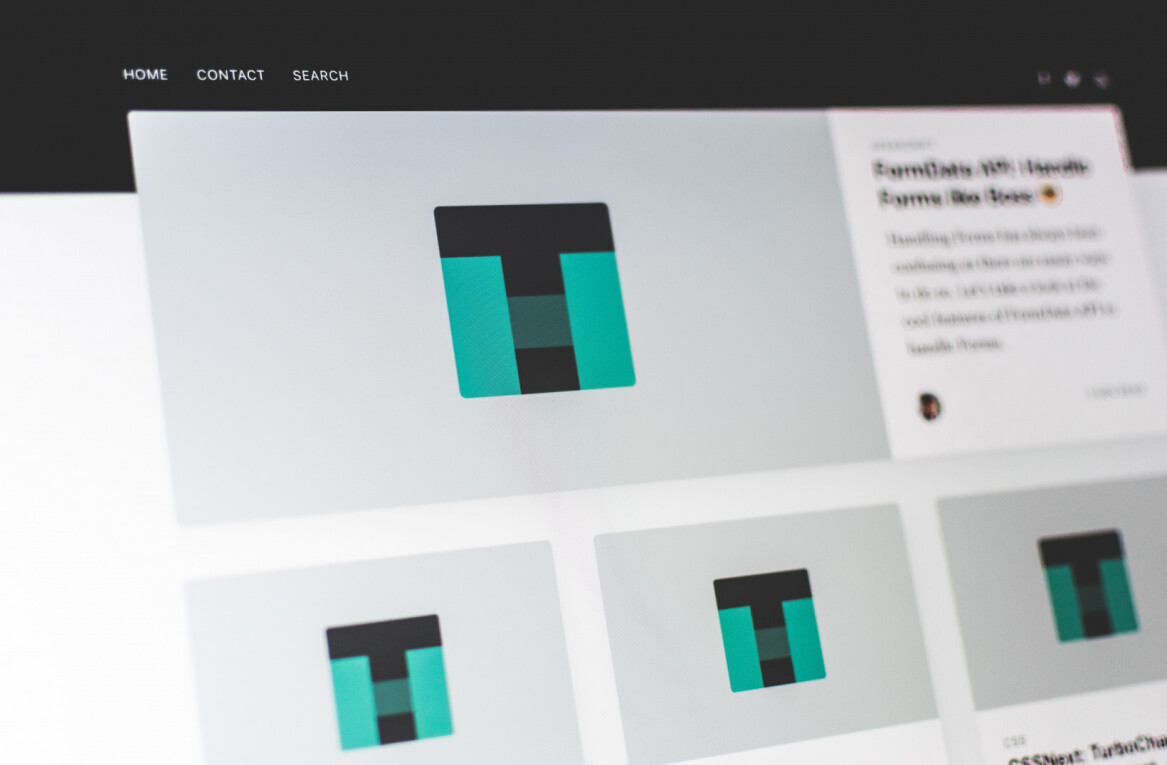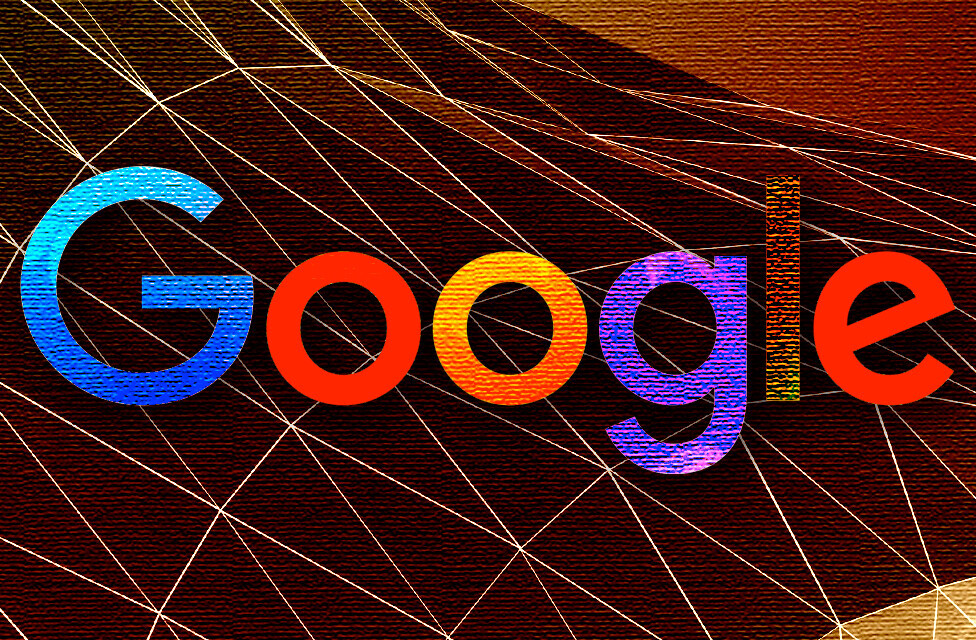
So, you want my attention? Then you’d better inform me, entertain me, or offer me something that has a real, clear, and immediate value. Preferably all of the above.
While it is true that traditional advertising still generates plenty of revenue, the writing is on the wall as people’s attention spans – already very short – become even shorter, and we become ever more adept at ignoring blatant messages that are forcibly bombarded at us in the digital advertising arena.
The fact is that online advertising doesn’t really do it for me most of the time, because when I’m online I’m doing something – either for work or fun, or a mixture of both – and my brain automatically sifts through any pesky interruptions. The only engagement that pop-up windows get from me is enough eyeball time to locate the little cross to close them so I can get on with my business already.
Ad blockers are becoming increasingly common, so much so that some websites have started to demand you turn them off before you’re allowed to browse their content (I immediately leave such sites out of principle, nobody likes being told what to do in that way)
Advertising, in other words, needs to be relevant, but not pushy, and relevant, but not in a creepy way. For instance, I sometimes do notice the bots that follow my web journeys and try to capitalize on what I’ve been searching, and the fact I notice I’m being targeted makes me less likely to engage with them.
A classic example is that of a friend who told me that he once needed to buy a toilet seat to replace a broken one, and after he made that less-than-thrilling but necessary purchase, seemed to be forever doomed with being pushed adverts for toilet seats on Facebook. “I don’t collect them, you know” he mused.
The fact is that most consumers actually prefer to engage with more traditional out-of-home advertising such as billboards, but this comes with another whole set of shortcomings compared to digital – namely inflexibility, lack of interactivity and inability to measure results, not to mention the fact that this option is simply out of reach for most small-scale businesses, since the industry is highly centralized and controlled by a few established players which impose high costs and tend to be rather inflexible and antiquated in their requirements.
Digital out-of-home advertising (DOOH) until recently also fell into that category, but here’s where the technology trend that has disrupted every other major industry – namely the shared economy that has given us Airbnb, Uber and countless others– could come into play to level the playing field.
A platform that is looking to do just that is HYGH, which connects advertisers directly with outdoor display providers so they can create hyperlocal advertising campaigns at a much lower cost.
The idea is that any screen – tablets, televisions, digital billboards, etc. – in a public space can be converted into an ad space, no matter its location or intended purpose. The owner of the screen can easily download the software and link it to the HYGH platform. Once paired, the device becomes a node in a flexible advertising chain that is available for interested businesses to leverage and engage consumers with.
Advertisers can book displays in near real-time and run their campaign on the screens selected by them within the desired radius or area. They can also pick specific time slots for their advertisement to be played, which in return helps them to target the right audience. HYGH simplifies the booking process so they only need to register in the system, create a campaign, search for displays and soon the campaign is good to go live.
This could prove to be a lifeline for many bricks-and-mortar businesses currently struggling to stay competitive in the high street, which can monetize parts of their real estate by allowing such displays on their premises.
The advantage of such an approach is that it combines the scalability and ease of deployment that you get with online advertising with the engaging, impactful location-based user experience, with precise targeting powered by smart analysis. This allows campaigns to be highly customizable, interactive and adaptive.
Under their revenue share model, the display owner gets 83.5%, validators will receive 2.5%, HYGH takes a rather modest 5% cut, and security token holders receive 9%. The idea here is to build a globally distributed ecosystem by ensuring that all parties derive maximum ROI from it.
So where it comes to the future of advertising, the strategy pioneered by HYGH here really takes the best of both worlds by bringing the physical and digital together in one blended and coherent user experience. Where it comes to getting your message across without annoying your prospective customers, that really would seem like the smartest approach.
Get the TNW newsletter
Get the most important tech news in your inbox each week.




